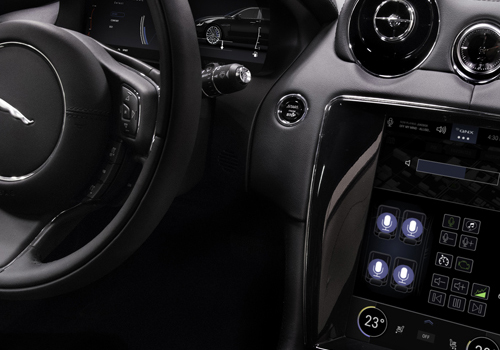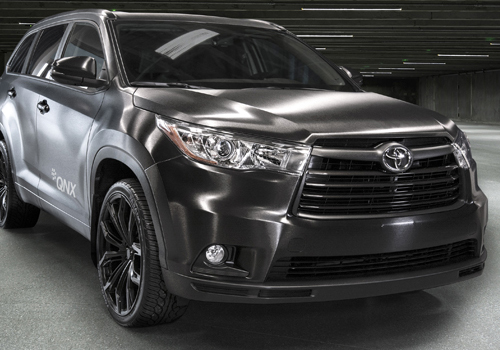






We look forward to connecting with you at the 2019 AES International Conference on Automotive Audio conference and discussing our approach to a consolidated audio software architecture that integrates all vehicle acoustics technologies (Telephony, Active Sound Design, In-Car Communications and more) inside a cost-effective, easy-to-deploy acoustics platform. Stop by our booth and let us talk to you about our latest acoustics offerings.
We are thrilled to announce the latest version of our QNX Acoustics Management Platform, QNX AMP 3.0. Our new automotive acoustics offering delivers an amazing set of capabilities together for the first time in an automotive embedded system.
QNX AMP 3.0 includes:

Mark Every
Senior Manager, Acoustics Algorithms,
BlackBerry QNX
Description:
Current automotive audio systems are in general distributed systems, both in terms of hardware and functionality. An automotive audio system may contain several DSPs, microprocessors and general-purpose multi-core CPUs, with increasingly complex functionality split between processing cores. Consolidating audio processing functionality on a single GP CPU with QNX Acoustics Management Platform reduces system cost and complexity, improves reliability, accelerates time to market, provides standards-compliance, and brings capabilities and performance to new levels.
Wednesday, September 11th at 11:00 – 11:30 AM in the first floor meeting room

Jose Maria Marin
Business Development Manager, Acoustics,
BlackBerry QNX
Description:
Leading automakers understand that acoustics are a fundamentally important part of the in-vehicle experience. Up until now, automakers have been forced to engineer that experience by assembling disparate hardware and software components – often from different vendors – and to spend considerable effort to integrate and fine tune those components into a coherent whole, resulting in highly complex and expensive audio systems. In order to accelerate innovation and to reduce the risk involved in the early adoption of new audio technology, a new and simplified approach to automotive audio architecture, that is easy to integrate, port, expand and scale is needed.
Thursday, September 12th at 3:15 – 4:45 PM in the first floor meeting room

Len Layton
Business Development Manager, Acoustics,
BlackBerry QNX
Description:
QNX Acoustics Management Platform (AMP 3.0) is a breakthrough in automotive software. For the first time, automakers can design and manage the total audio experience in their cars with software that runs on a wide range of automotive application processors – saving cost and shortening time to production, while delivering new features and high sound quality.
TBD

From an audio and acoustics point of view, the car will show a multizone speech recognition demo with zone identification and wake-up word support. The car will also include high-resolution audio support with MQATM Master Quality Authenticated content.
The Toyota Highlander demonstrates QNX ICC (In-Car Communications) technology: QNX ICC enables safer conversations – instead of shouting or being distracted by having to turn around to be heard, the driver can talk normally to passengers while keeping their eyes on the road. Multiple capture and playback zones allow front to back, back to front and passenger-to-passenger communication. QNX ICC dynamically adapts to noise conditions and adds enhancement only when needed. QNX ICC also adds optional entertainment sounds, including karaoke effects, so that voices can be pleasantly enhanced.

The QNX ASD Renault Zoe demo car provided by FEV, showcases QNX ASD (Active Sound Design) for electric vehicles. The sound design, executed by FEV, shows how QNX ASD technology allows OEMs to design exhilarating and unique sounds for the interior of their next generation electric vehicles, from basic electric engine noise feedback to sophisticated spaceship-like sounds. QNX ASD Technology includes a fully featured tuning tool that allows OEMs’ sound designers to create synthesis audio flows from scratch without having to write software.

About BlackBerry QNX
BlackBerry QNX thrives on building safety-certified and secure software solutions that simplify software development for automakers and Tier 1s. This problem-solving acumen has made BlackBerry QNX the most deployed and trusted automotive software, with our technology powering over 150 million vehicles around the world.